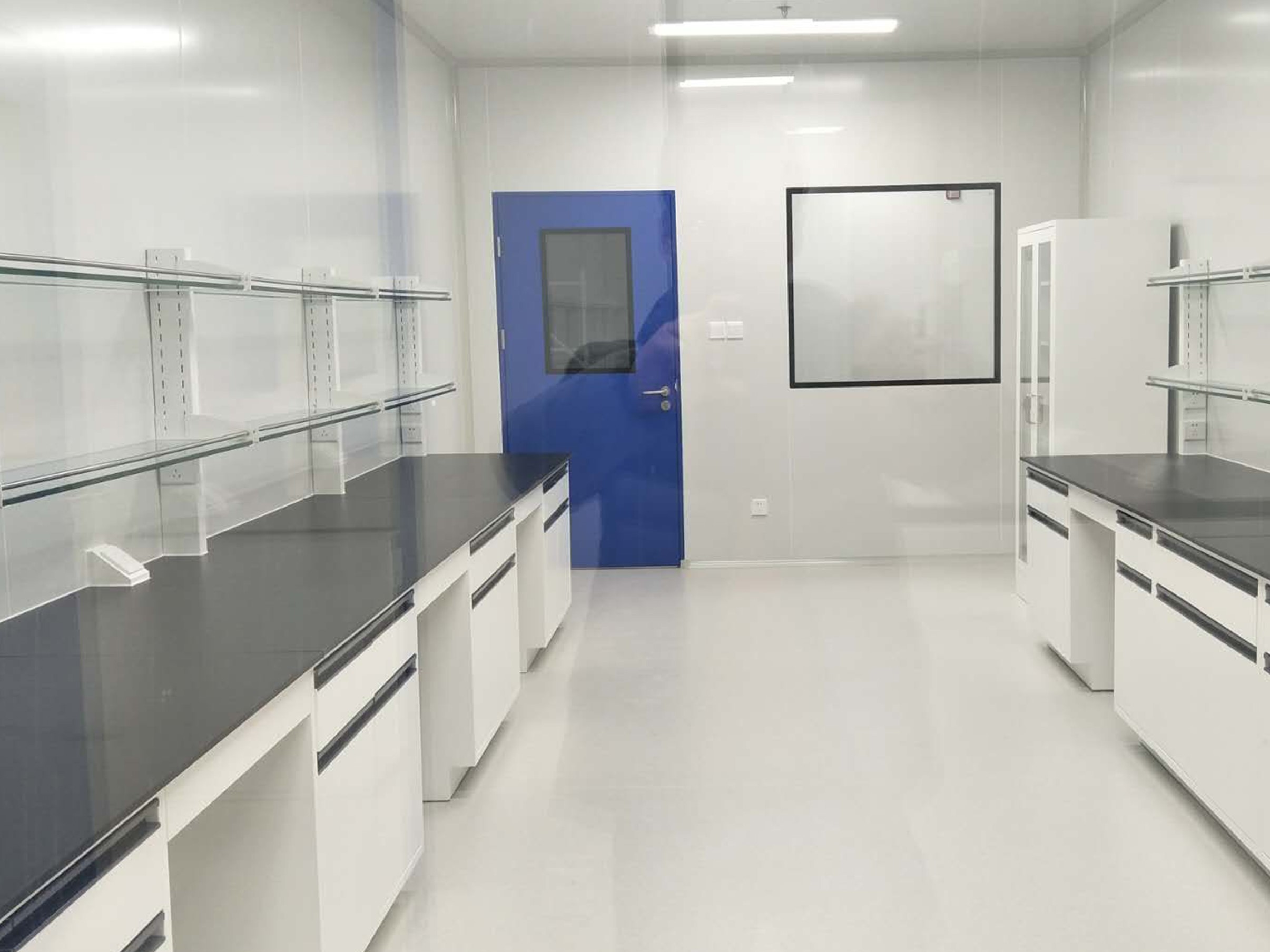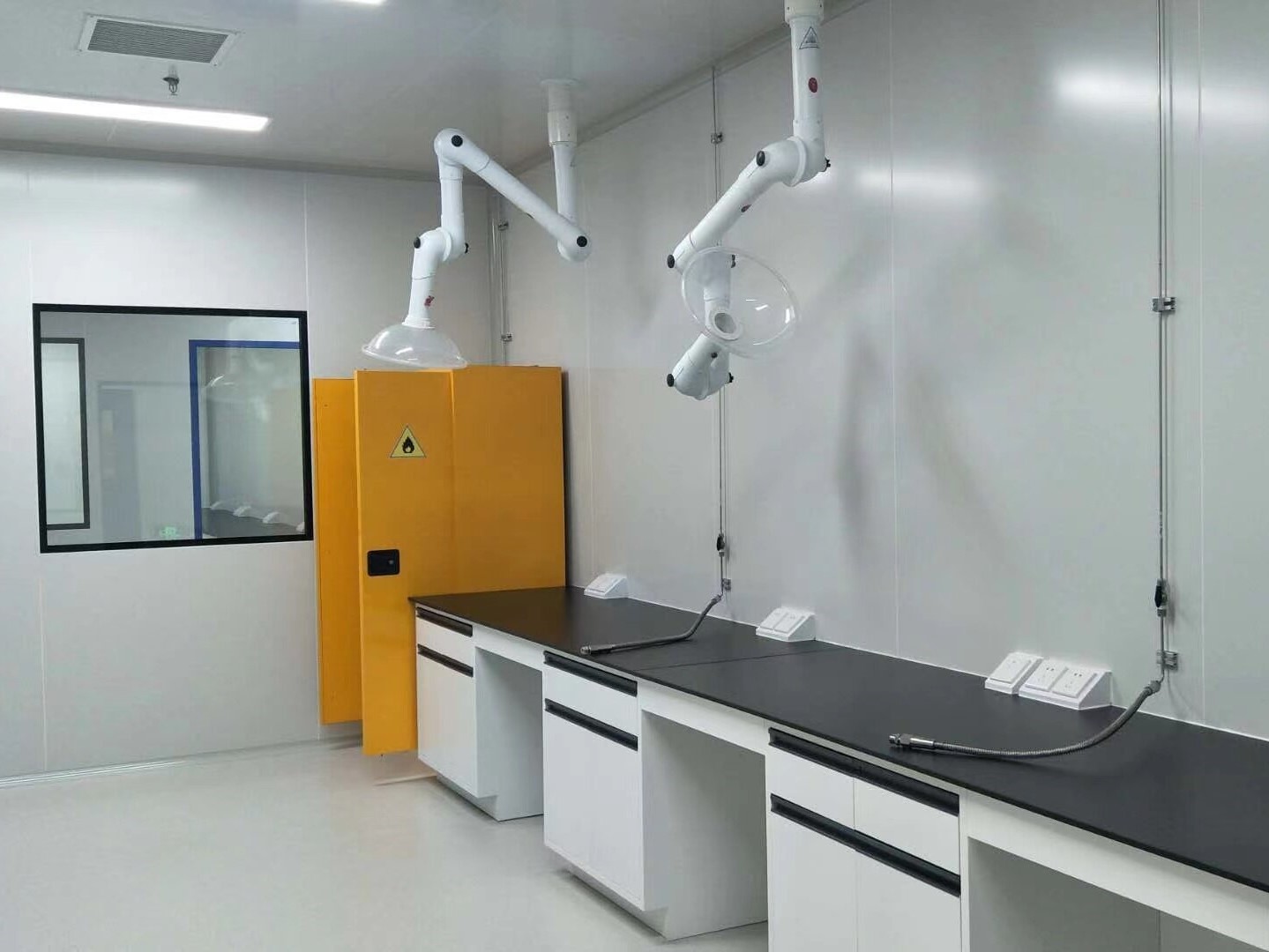

As is well known, a large part of high-grade, precision and advanced industries cannot do without dust free clean room, such as CCL circuit substrate copper clad panels, PCB printed circuit boards, photoelectronic LCD screens and LEDs, power and 3C lithium batteries, and some pharmaceutical and food industries.
With the development of science and technology, the quality standards of supporting products required by the manufacturing industry are constantly being improved. Therefore, industrial manufacturers not only need to innovate their products from the production process, but also need to improve the production environment of the products, strictly enforce clean room environmental requirements, and improve product quality and stability.
Whether it is the renovation of existing factories due to improved product quality or the expansion of factories due to market demand, industrial manufacturers will face significant issues related to the future of the enterprise, such as project preparation.
From infrastructure to supporting decoration, from craftsmanship to equipment procurement, a series of complex project processes are involved. In this process, the most important concerns of the construction party should be the project quality and comprehensive cost.
The following will briefly describe several major factors that affect the cost of dust free clean room during the construction of industrial factories.
1.Space Factors
The space factor is composed of two aspects: clean room area and clean room ceiling height, which directly affect the cost of internal decoration and enclosure: cleanroom partition walls and cleanroom ceiling area. The investment cost of air conditioning, the required area volume of air conditioning load, the supply and return air mode of air conditioning, the pipeline direction of air conditioning, and the quantity of air conditioning terminals.
To avoid increasing project investment due to space reasons, the organizer can consider two aspects comprehensively: the working space of different production process equipment (including the height or width margin for movement, maintenance and repair) and the direction of personnel and material flow.
At present, buildings adhere to the conservation principles of land, material and energy, so dust free clean room is not necessarily as large as possible. When preparing for construction, it is necessary to consider its own production process equipment and its processes, which can effectively avoid unnecessary investment costs.
2.Temperature, Humidity and Air Cleanliness Factors
Temperature, humidity, and air cleanliness are clean room environmental standard data tailored for industrial products, which are the highest design basis for clean room and important guarantees for product qualification rate and stability. The current standards are divided into national standards, local standards, industry standards, and internal enterprise standards.
Standards such as cleanliness classification and GMP standards for the pharmaceutical industry belong to national standards. For most manufacturing industries, the standards for clean room in various production processes are mainly determined based on product characteristics.
For example, the temperature and humidity of exposure, dry film, and solder mask areas in the PCB industry range from 22+1℃ to 55+5%, with cleanliness ranging from class 1000 to class 100000. The lithium battery industry places more emphasis on low humidity control, with relative humidity generally below 20%. Some quite strict liquid injection workshops need to be controlled at around 1% relative humidity.
Defining environmental data standards for clean room is the most crucial central point affecting project investment. The establishment of cleanliness level affects the decoration cost: it is set at class 100000 and above, requiring necessary clean room panel, cleanroom doors and windows, personnel and goods wind drenching transmission facilities, and even expensive high-raised floor. At the same time, it also affects the cost of air conditioning: the higher the cleanliness, the greater the number of air changes required to meet the purification requirements, the more the air volume required for the AHU, and the more hepa air inlets at the end of the air duct.
Similarly, the formulation of temperature and humidity in the workshop not only involves the aforementioned cost issues, but also factors in controlling precision. The higher the precision, the more complete the necessary supporting equipment. When the relative humidity range is accurate to+3% or ± 5%, the required humidification and dehumidification equipment should be complete.
The establishment of workshop temperature, humidity, and cleanliness not only affects the initial investment, but also the operating costs in the later stage for a factory with an evergreen foundation. Therefore, based on the characteristics of its own production products, combined with national standards, industry standards, and internal standards of the enterprise, reasonably formulating environmental data standards that meet its own needs is the most fundamental step in preparing to build a clean room workshop.
3.Other Factors
In addition to the two major requirements of space and environment, some factors that affect the compliance of clean room workshops are often overlooked by design or construction companies, resulting in excessive temperature and humidity. For example, incomplete consideration of outdoor climate, not consider equipment exhaust capacity, equipment heat generation, equipment dust production and humidification capacity from a large number of personnel, etc.
Post time: May-12-2023

